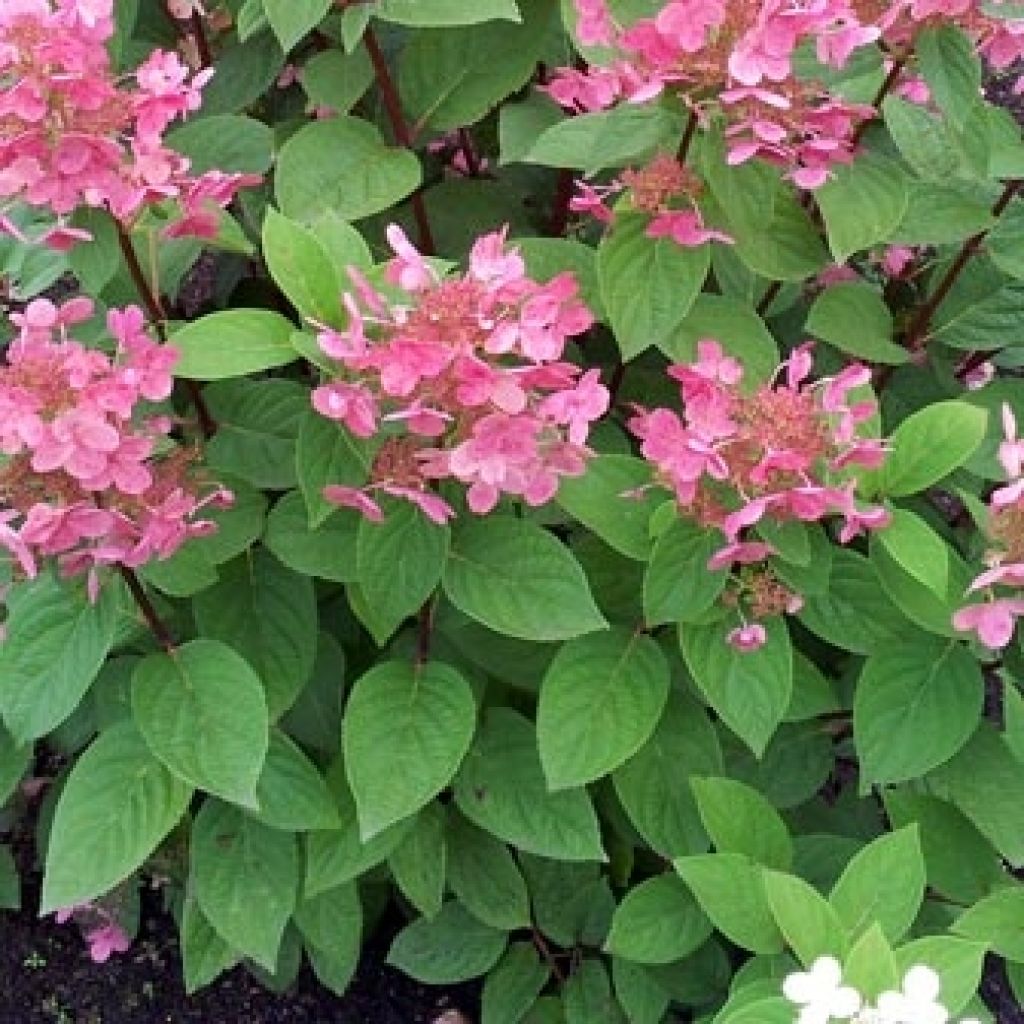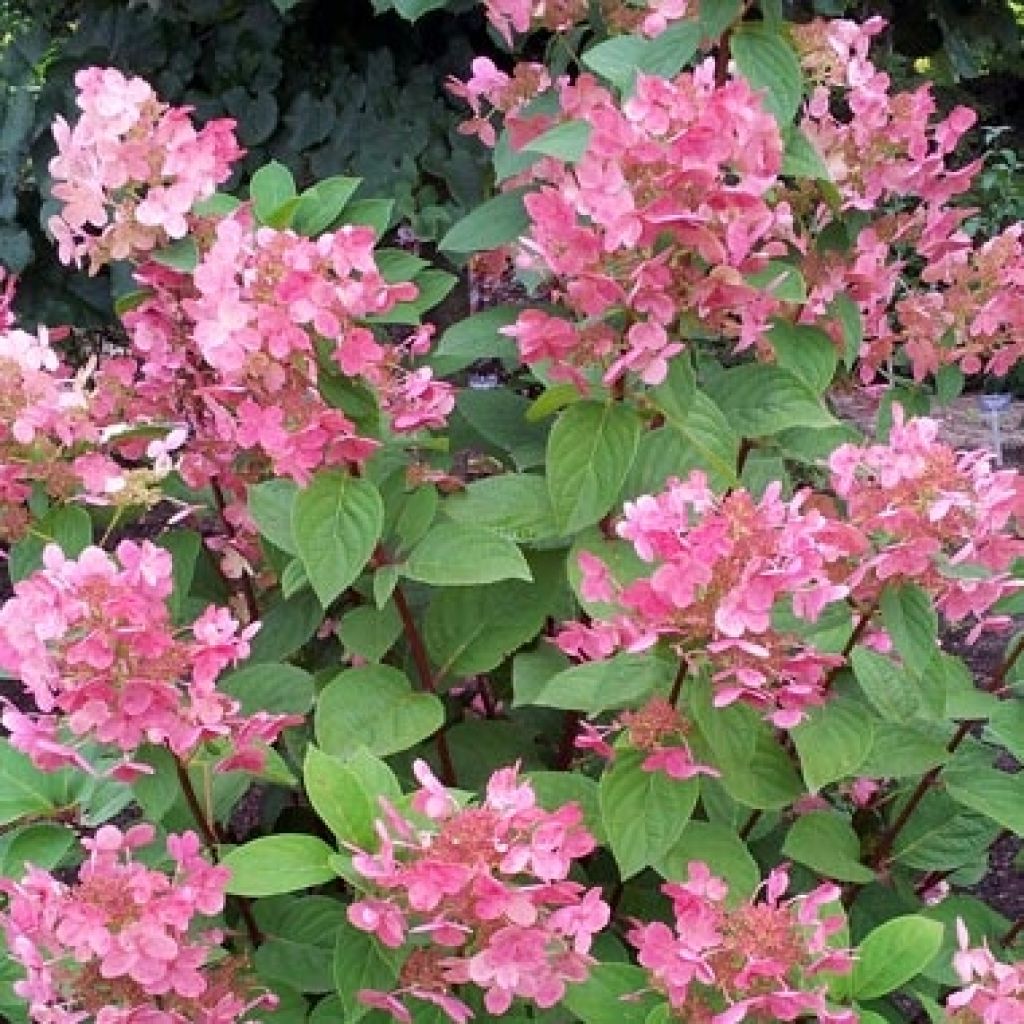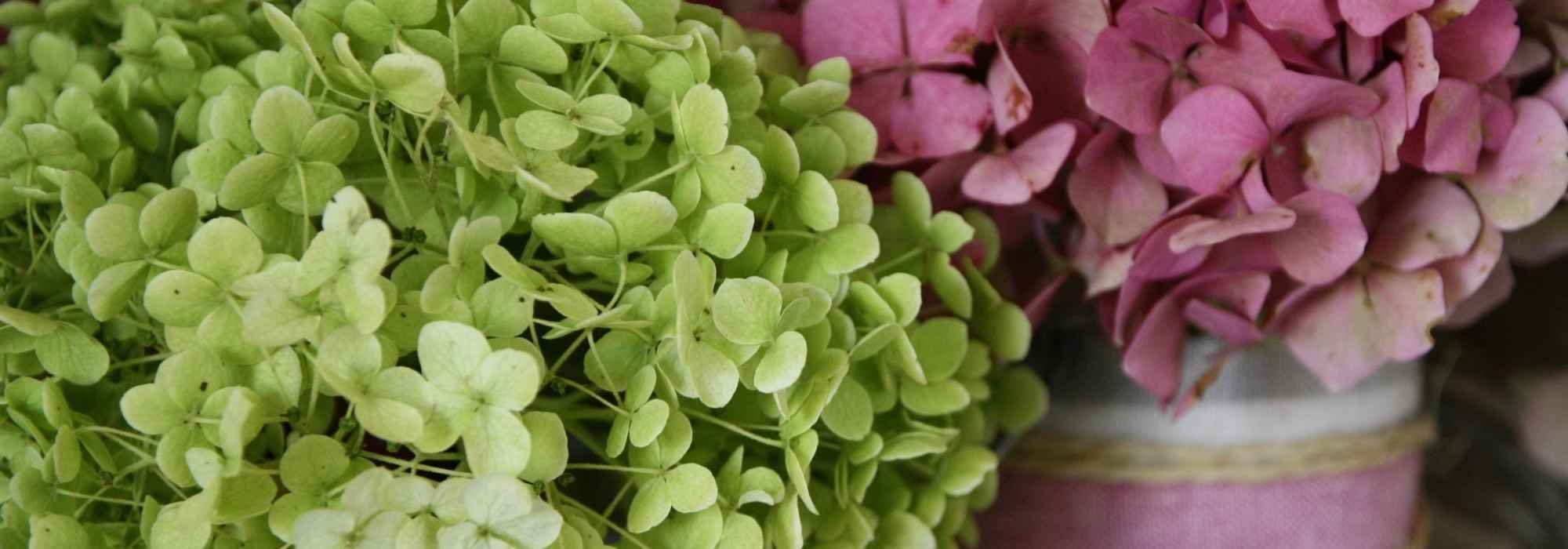

Hydrangea paniculata Pink Diamond


Hydrangea paniculata Pink Diamond


Hydrangea paniculata Pink Diamond


Hydrangea paniculata Pink Diamond


Hydrangea paniculata Pink Diamond


Hydrangea paniculata Pink Diamond


Hydrangea paniculata Pink Diamond
Hydrangea paniculata Pink Diamond
Hydrangea paniculata Pink diamond
Paniculate Hydrangea, Panicled Hydrangea, Panicle Hydrangea
Beautiful plant! Well developed and well rooted! Perfect!
Jean-lin, 30/01/2024
Special offer!
Receive a €20 voucher for any order over €90 (excluding delivery costs, credit notes, and plastic-free options)!
1- Add your favorite plants to your cart.
2- Once you have reached €90, confirm your order (you can even choose the delivery date!).
3- As soon as your order is shipped, you will receive an email containing your voucher code, valid for 3 months (90 days).
Your voucher is unique and can only be used once, for any order with a minimum value of €20, excluding delivery costs.
Can be combined with other current offers, non-divisible and non-refundable.
Home or relay delivery (depending on size and destination)
Schedule delivery date,
and select date in basket
This plant carries a 24 months recovery warranty
More information
We guarantee the quality of our plants for a full growing cycle, and will replace at our expense any plant that fails to recover under normal climatic and planting conditions.


Would this plant suit my garden?
Set up your Plantfit profile →
Description
Hydrangea paniculata 'Pink Diamond' is a beautiful variety of paniculate hydrangea that has contributed to the recognition of this type of hydrangea that withstand the sun, slightly calcareous and rather dry soils. It is a handsome bush of good stature that adorns itself in summer with elegant, long and pointed panicles. White at blooming, its flowers gradually take on pink tones, approaching red at the end of the season when the young plant is exposed to the sun. Plant it in the back of a flower bed or in a flowered hedge, in the sun or in half shade, in any loose soil that is not too dry.
Hydrangea paniculata, also known as Mountain Hydrangea, is a species native to the leafy forests of China and Japan. It is particularly hardy and tolerates the sun. It is also tolerant of slightly calcareous and even occasionally dry soils if they are deep. All hydrangeas belong to the Hydrangeaceae family.
'Pink Diamond' forms a broad and bushy habit. Its growth is quite rapid, depending on cultivation conditions. The main shoots are erect, while the secondary ones are slightly arched. At maturity, this variety will reach on average 2.25m (7ft) in all directions. From mid-July, it blooms on the current year's shoots with numerous conical panicles, measuring up to 25 to 30 cm (10 to 12in) in length. They include sterile florets, with 4 petals, as well as much smaller button-shaped fertile florets with protruding stamens. The young shoots are red-coloured, then they turn green. The leaves are ovate, medium green, heavily veined, and very finely dentate, 5 to 15cm (2 to 6in) long and 5 to 7cm (2 to 3in) wide. They become yellow to orange in autumn, before falling in winter. Paniculate hydrangeas are less susceptible to late frosts, as they usually bloom on the current year's shoots.
Hydrangea paniculata is distinguished from its cousin Hydrangea macrophylla by its good tolerance of the sun, sea spray, and relative dryness. Planted in any good garden soil, without too much lime however, Hydrangea paniculata 'Pink Diamond' shows rapid growth. It is a very hardy variety, which can be planted in isolation, in an informal hedge or in a bed, or even in a clear undergrowth, mixed with other hydrangeas, cotinus, or even perpetual roses, to play with contrasts and forms. You can also plant it with lilies, grasses, and shrub fuchsias.
Hydrangea paniculata Pink Diamond in pictures






Plant habit
Flowering
Foliage
Botanical data
Hydrangea
paniculata
Pink diamond
Hydrangeaceae
Paniculate Hydrangea, Panicled Hydrangea, Panicle Hydrangea
Cultivar or hybrid
Planting and care
It is not very demanding about the nature of the soil, as long as it is not too heavy, not too dry, and not too chalky. It requires a sunny but not scorching exposure, or semi-shade. When planting, set it in deeply worked soil. A good base fertiliser (horn or dehydrated blood) will enhance the recovery of your plant and feed it without risk of burning. If your soil is dry, mix our water retainer, stockosorb, with the soil, fill the planting hole and plan a surface watering bowl.
At the end of summer, leave the dry flowers on the plant as they will protect the terminal shoots of the branches in winter. Remove the dry flowers at the end of February or at the first sign of warm weather. The vegetation in spring is quite late.
It is slightly resistant to drought and settles easily even in non-acidic soil. Planted in the sun, its inflorescences colour in the autumn.
Hydrangea paniculata will benefit from being pruned at the end of winter to produce more inflorescences and maintain a dense habit. Apart from deliberately limiting the expansion of the bush that has become too large, take care not to remove the 2-year-old branches, which would compromise the development of the plant.
Planting period
Intended location
Care
Planting & care advice
-
, onOrder confirmed
Reply from on Promesse de fleurs
Haven't found what you were looking for?
Hardiness is the lowest winter temperature a plant can endure without suffering serious damage or even dying. However, hardiness is affected by location (a sheltered area, such as a patio), protection (winter cover) and soil type (hardiness is improved by well-drained soil).

Photo Sharing Terms & Conditions
In order to encourage gardeners to interact and share their experiences, Promesse de fleurs offers various media enabling content to be uploaded onto its Site - in particular via the ‘Photo sharing’ module.
The User agrees to refrain from:
- Posting any content that is illegal, prejudicial, insulting, racist, inciteful to hatred, revisionist, contrary to public decency, that infringes on privacy or on the privacy rights of third parties, in particular the publicity rights of persons and goods, intellectual property rights, or the right to privacy.
- Submitting content on behalf of a third party;
- Impersonate the identity of a third party and/or publish any personal information about a third party;
In general, the User undertakes to refrain from any unethical behaviour.
All Content (in particular text, comments, files, images, photos, videos, creative works, etc.), which may be subject to property or intellectual property rights, image or other private rights, shall remain the property of the User, subject to the limited rights granted by the terms of the licence granted by Promesse de fleurs as stated below. Users are at liberty to publish or not to publish such Content on the Site, notably via the ‘Photo Sharing’ facility, and accept that this Content shall be made public and freely accessible, notably on the Internet.
Users further acknowledge, undertake to have ,and guarantee that they hold all necessary rights and permissions to publish such material on the Site, in particular with regard to the legislation in force pertaining to any privacy, property, intellectual property, image, or contractual rights, or rights of any other nature. By publishing such Content on the Site, Users acknowledge accepting full liability as publishers of the Content within the meaning of the law, and grant Promesse de fleurs, free of charge, an inclusive, worldwide licence for the said Content for the entire duration of its publication, including all reproduction, representation, up/downloading, displaying, performing, transmission, and storage rights.
Users also grant permission for their name to be linked to the Content and accept that this link may not always be made available.
By engaging in posting material, Users consent to their Content becoming automatically accessible on the Internet, in particular on other sites and/or blogs and/or web pages of the Promesse de fleurs site, including in particular social pages and the Promesse de fleurs catalogue.
Users may secure the removal of entrusted content free of charge by issuing a simple request via our contact form.
The flowering period indicated on our website applies to countries and regions located in USDA zone 8 (France, the United Kingdom, Ireland, the Netherlands, etc.)
It will vary according to where you live:
- In zones 9 to 10 (Italy, Spain, Greece, etc.), flowering will occur about 2 to 4 weeks earlier.
- In zones 6 to 7 (Germany, Poland, Slovenia, and lower mountainous regions), flowering will be delayed by 2 to 3 weeks.
- In zone 5 (Central Europe, Scandinavia), blooming will be delayed by 3 to 5 weeks.
In temperate climates, pruning of spring-flowering shrubs (forsythia, spireas, etc.) should be done just after flowering.
Pruning of summer-flowering shrubs (Indian Lilac, Perovskia, etc.) can be done in winter or spring.
In cold regions as well as with frost-sensitive plants, avoid pruning too early when severe frosts may still occur.
The planting period indicated on our website applies to countries and regions located in USDA zone 8 (France, United Kingdom, Ireland, Netherlands).
It will vary according to where you live:
- In Mediterranean zones (Marseille, Madrid, Milan, etc.), autumn and winter are the best planting periods.
- In continental zones (Strasbourg, Munich, Vienna, etc.), delay planting by 2 to 3 weeks in spring and bring it forward by 2 to 4 weeks in autumn.
- In mountainous regions (the Alps, Pyrenees, Carpathians, etc.), it is best to plant in late spring (May-June) or late summer (August-September).
The harvesting period indicated on our website applies to countries and regions in USDA zone 8 (France, England, Ireland, the Netherlands).
In colder areas (Scandinavia, Poland, Austria...) fruit and vegetable harvests are likely to be delayed by 3-4 weeks.
In warmer areas (Italy, Spain, Greece, etc.), harvesting will probably take place earlier, depending on weather conditions.
The sowing periods indicated on our website apply to countries and regions within USDA Zone 8 (France, UK, Ireland, Netherlands).
In colder areas (Scandinavia, Poland, Austria...), delay any outdoor sowing by 3-4 weeks, or sow under glass.
In warmer climes (Italy, Spain, Greece, etc.), bring outdoor sowing forward by a few weeks.









































